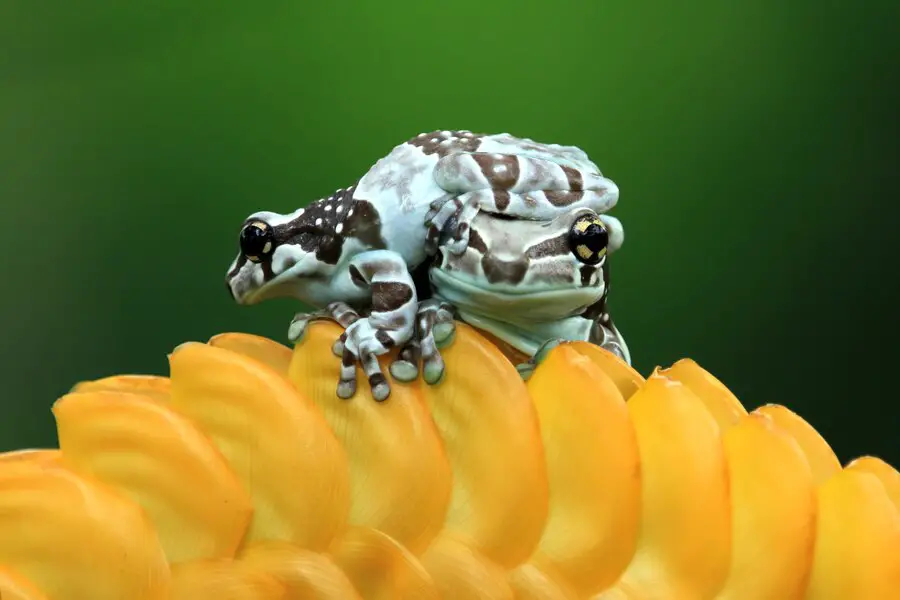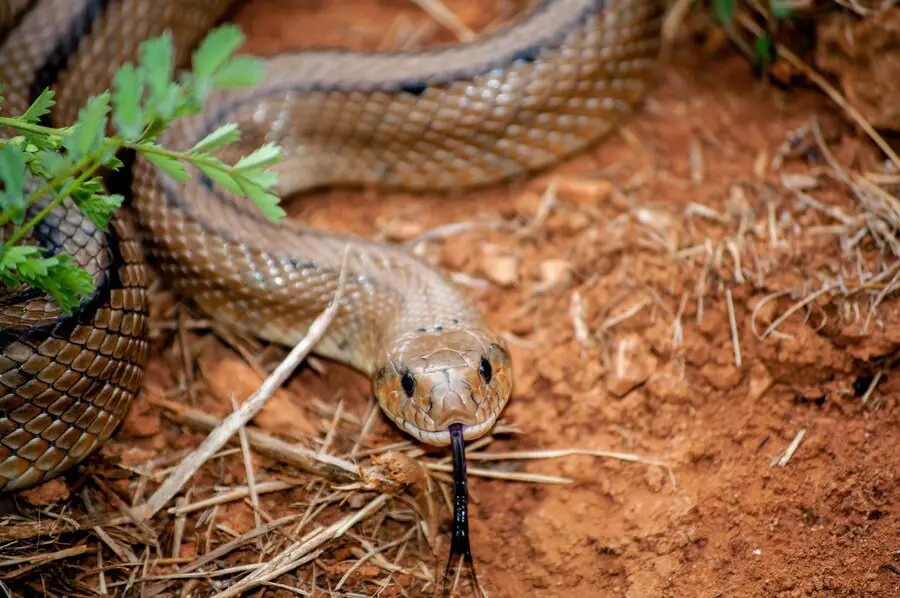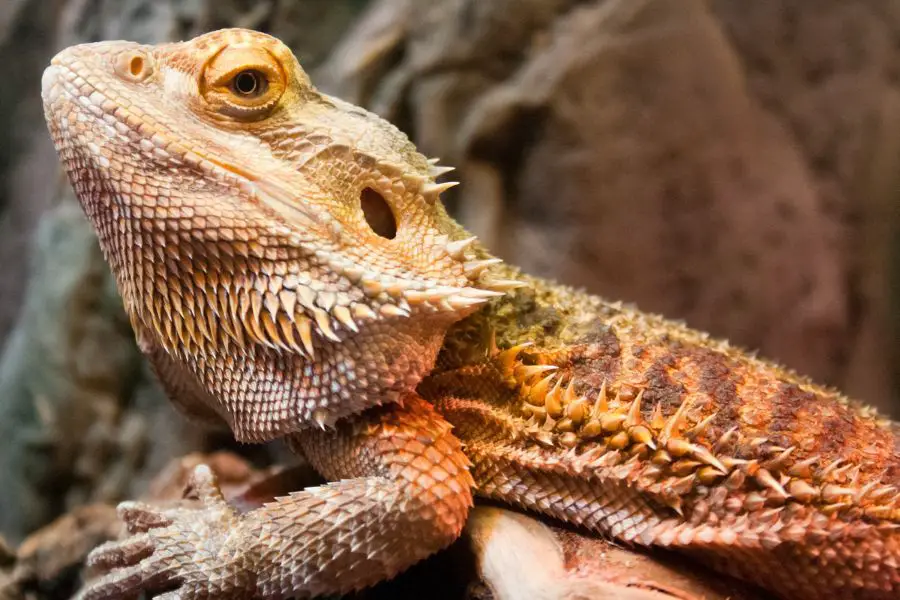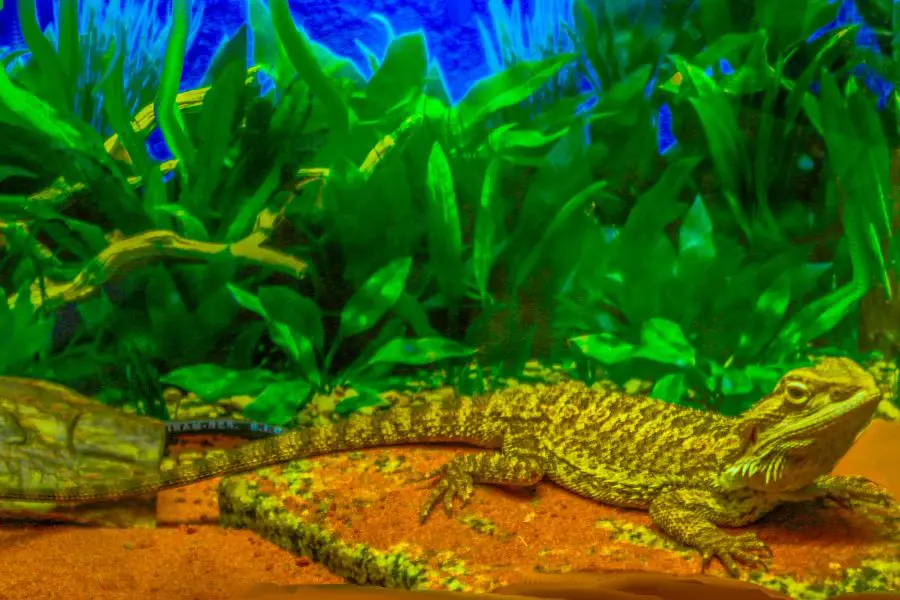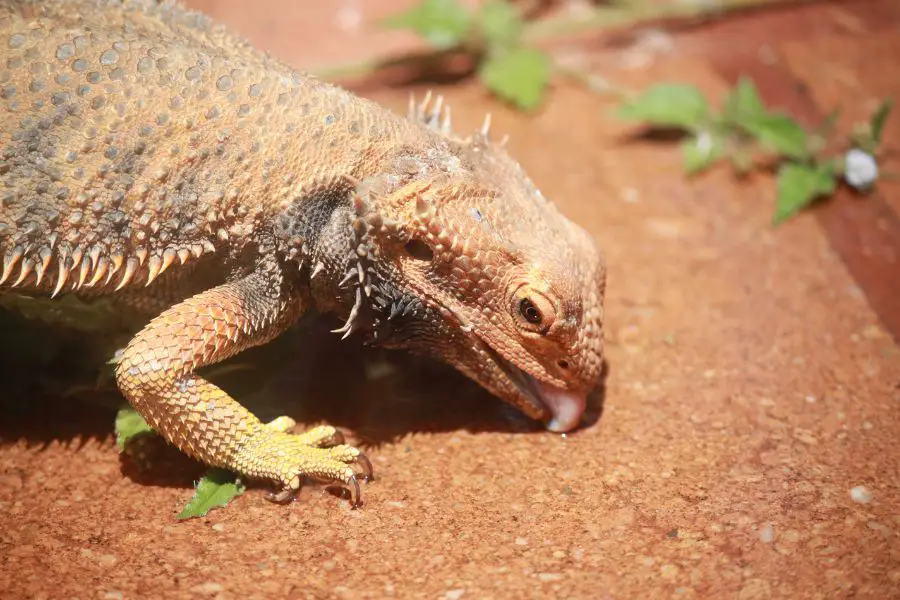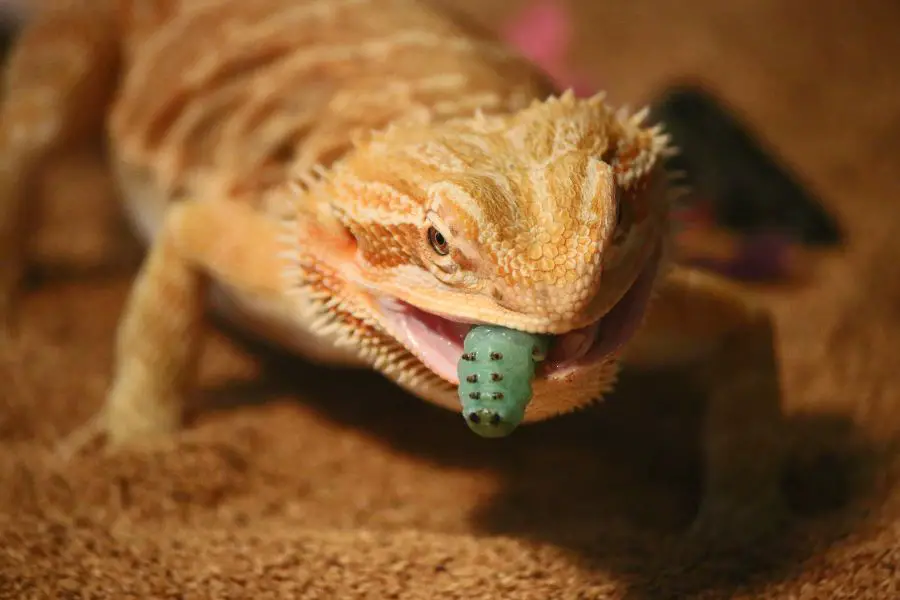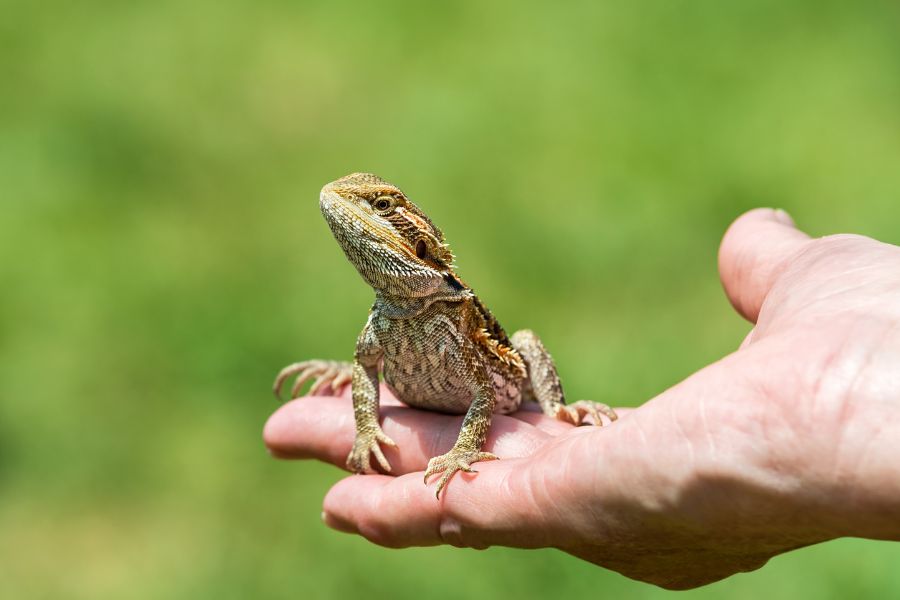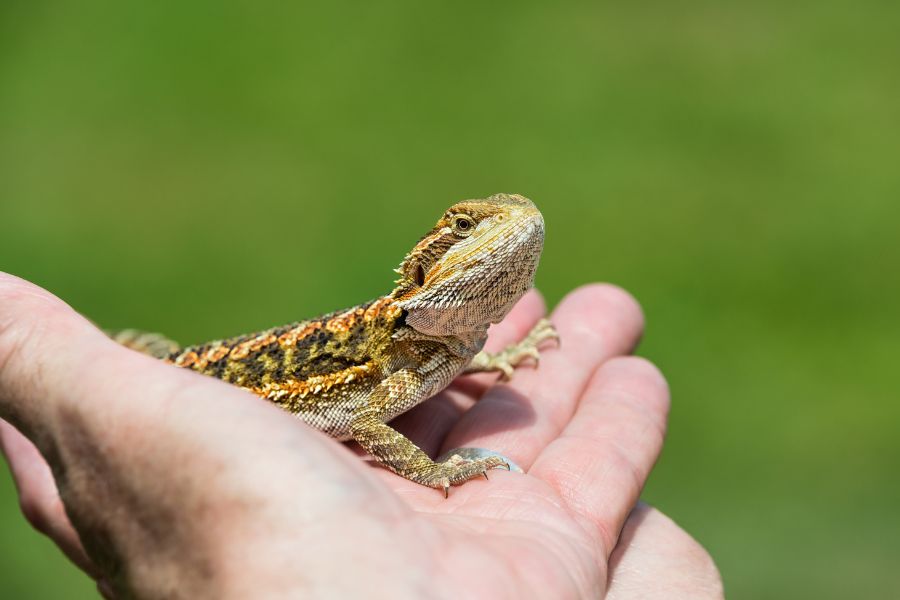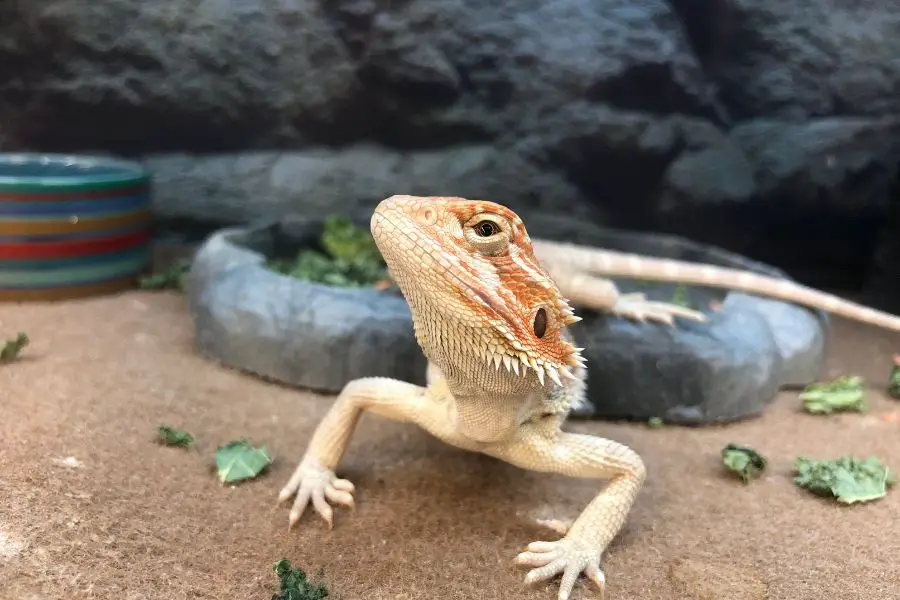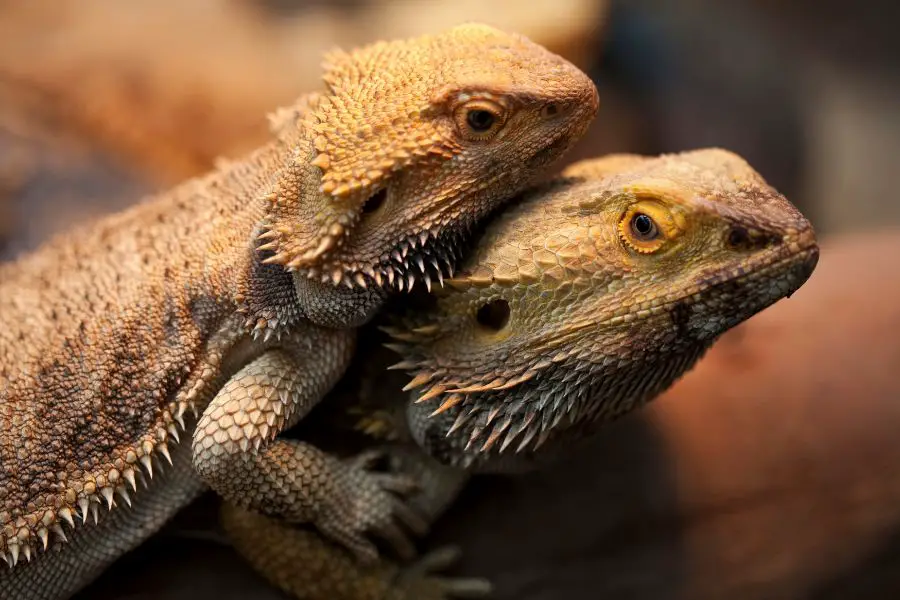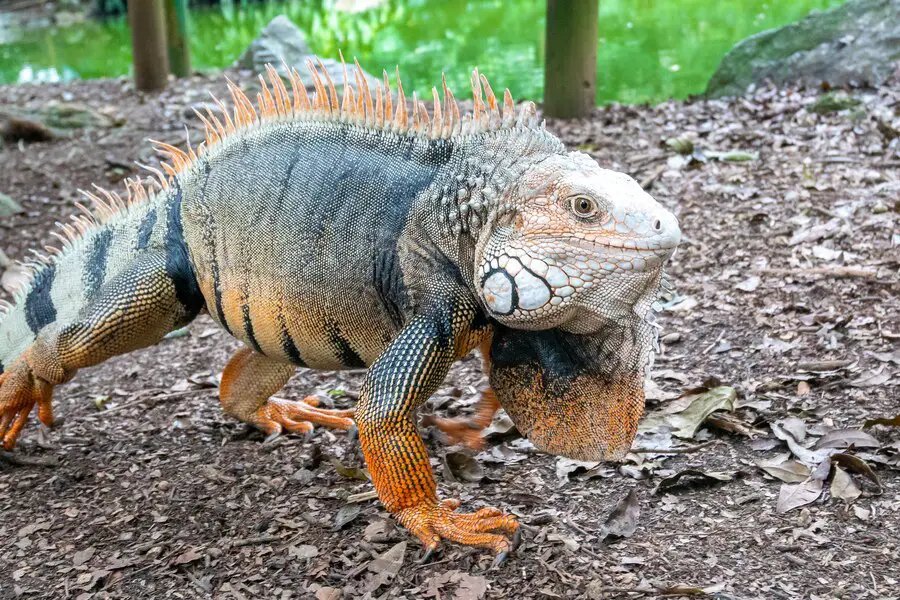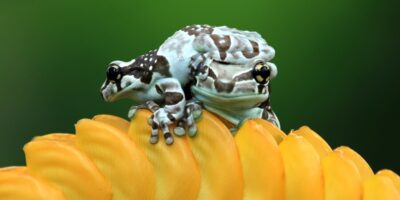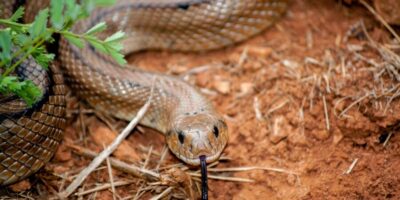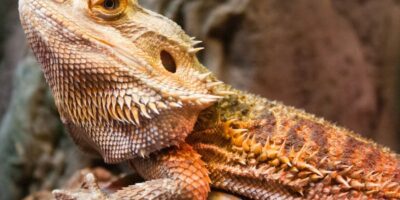Bearded dragons are fascinating creatures that require specific temperature conditions for their well-being. These reptiles are native to arid regions, such as deserts, where they experience high temperatures during the day and cooler temperatures at night. In captivity, it’s crucial to understand the optimal temperature range to maintain a healthy environment for them.
So, in this article, we’ll explore the question of what temperature can be fatal for bearded dragons and delve into the importance of temperature regulation in their enclosures.
Understanding the Optimal Temperature Range
Providing a temperature gradient for your bearded dragon is super important because it allows them to thermoregulate effectively. Bearded dragons are ectothermic, which means they rely on external heat sources to regulate their body temperature. By creating a range of temperatures within their enclosure, from a warm basking spot to cooler areas, your dragon can move around and find the perfect spot that suits their needs at any given time. This helps them maintain their overall health and well-being.
To keep bearded dragons thriving, it’s essential to replicate their natural habitat. The optimal temperature range for these reptiles is typically between 95°F (35°C) and 105°F (40°C) in the basking area, mimicking the intense desert sun. On the cooler side of their enclosure, temperatures should be around 80°F (27°C) to 85°F (29°C). This temperature gradient allows bearded dragons to thermoregulate by moving between warmer and cooler areas, which is vital for their overall health and digestion.
The Dangers of Extreme Heat
Exposing bearded dragons to excessively high temperatures can have severe consequences. When the ambient temperature exceeds 110°F (43°C), these reptiles can experience heat stress and potentially develop heatstroke. Symptoms of heat stress include excessive panting, lethargy, loss of appetite, and even seizures.
Prolonged exposure to extreme heat can lead to organ failure and, in the worst cases, death. Therefore, it’s crucial to provide adequate shade, proper ventilation, and cooling methods during hot weather to prevent these risks.
The Risks of Extreme Cold
While bearded dragons are more tolerant of cooler temperatures than extreme heat, subjecting them to extremely low temperatures can still be dangerous. When temperatures drop below 65°F (18°C), bearded dragons can suffer from hypothermia. This can lead to a weakened immune system, respiratory problems, and even death. To protect them during colder periods, it’s essential to provide appropriate heating sources, such as ceramic heat emitters or heat mats, to maintain a suitable temperature range and prevent the risks associated with extreme cold.
Monitoring and Maintaining Temperatures
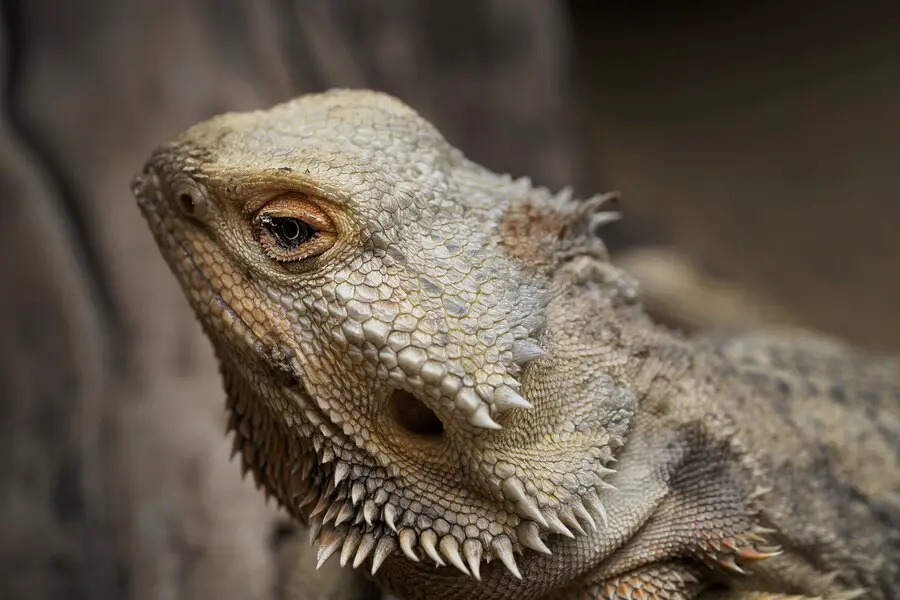
Regularly monitoring temperatures in the bearded dragon’s enclosure is super important for their well-being. You see, bearded dragons are ectothermic, which means they rely on external heat sources to regulate their body temperature. By keeping a close eye on the temperatures, you can ensure that their habitat provides the right conditions for them to thrive.
Maintaining the optimal temperature range is crucial for their digestion, metabolism, and overall health. If the temperatures are too high or too low, it can negatively impact their immune system, and appetite, and even lead to serious health issues. By regularly checking the temperatures, you can make adjustments as needed to provide a comfortable and safe environment for your bearded dragon.
Using reliable thermometers placed in different areas of the enclosure will help you monitor the temperature gradient. This gradient allows your bearded dragon to move between warmer and cooler areas, just like they would in their natural habitat. It’s important to ensure that the basking area is within the recommended temperature range, while the cooler side provides a comfortable retreat for them.
Tips on maintaining appropriate temperature
Here are some tips on maintaining appropriate temperatures for your bearded dragon:
- Use Thermometers: Place thermometers in different areas of the enclosure to monitor the temperature gradient. This will help you ensure that both the basking area and the cooler side are within the recommended temperature range.
- Heat Lamps: Use a heat lamp to provide a warm basking spot for your bearded dragon. Make sure to position it at one end of the enclosure, creating a temperature gradient. This way, your dragon can choose the right spot to regulate their body temperature.
- UVB Lighting: Along with heat, bearded dragons also need UVB lighting. This helps them produce vitamin D3, which is essential for calcium absorption and overall bone health. Make sure to provide a UVB light source that covers the entire enclosure.
- Thermostats: Consider using thermostats to regulate the temperature of heat sources, such as heat lamps or ceramic heat emitters. This will help you maintain a consistent and safe temperature for your bearded dragon.
- Monitor and Adjust: Regularly check the temperatures in the enclosure using the thermometers. If you notice any fluctuations, make necessary adjustments to ensure a comfortable and suitable environment for your bearded dragon.
Potential consequences of extreme heat
It’s really important to be aware of the potential consequences of prolonged exposure to extreme heat for your bearded dragon. Just like us, they can suffer from heat stress and heat stroke if they’re exposed to excessively high temperatures for extended periods. This can lead to serious health issues, including organ failure and even death.
So, it’s crucial to provide them with a suitable temperature gradient and ensure that they have access to cooler areas in their enclosure. Monitoring the temperatures regularly and making adjustments as needed will help keep your bearded dragon happy and healthy.
Conclusion
Let’s wrap things up and summarize the key points we discussed about maintaining appropriate temperatures for your bearded dragon. It’s crucial to keep an eye on the temperature gradients in your dragon’s enclosure by using thermometers. Providing a warm basking spot with a heat lamp and creating a temperature gradient will allow your dragon to regulate their body temperature.
Don’t forget to use UVB lighting to support their vitamin D3 production and calcium absorption. Using thermostats can also help regulate the heat sources. Lastly, it’s important to regularly monitor and adjust the temperatures based on your dragon’s behavior.
FAQ
What temperature will kill a bearded dragon overnight?
A bearded dragon’s ideal overnight temperature ranges between 65°F to 75°F (18°C to 24°C). Temperatures below 65°F (18°C) can be dangerous for them, potentially leading to hypothermia and even death if sustained for an extended period. It’s crucial to ensure their habitat remains adequately heated, especially during colder nights.
